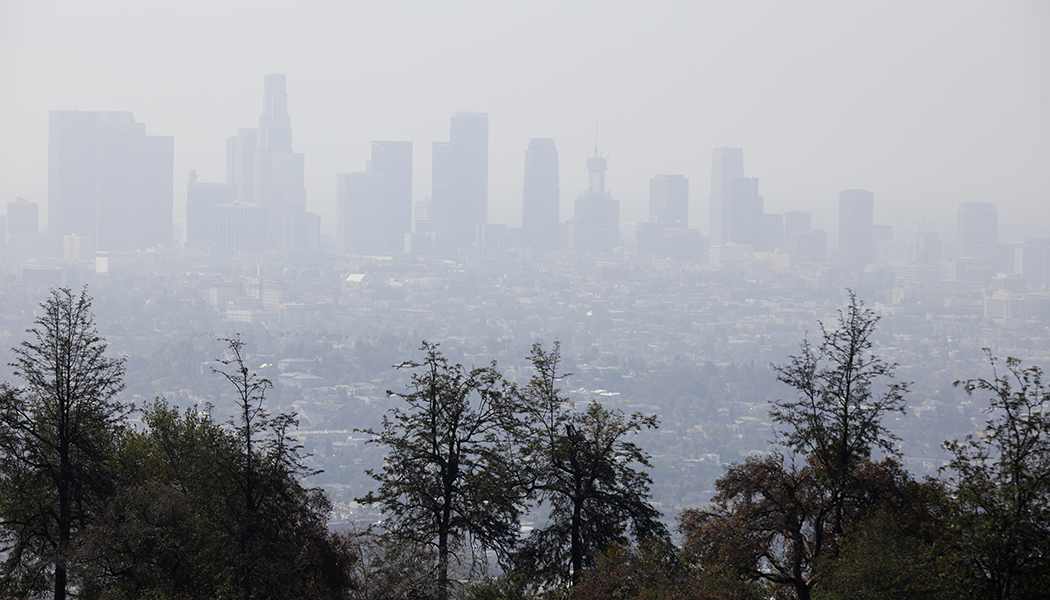Lung Cancer Awareness Month: Wildfires and Cancer
It’s already November and the dystopian year of 2020 has hardly been mundane. The year began with Australia ablaze, sending the world into a panic about the wellbeing of Australians and their notorious animals. As the year continued, health and wellbeing remained a priority for people around the world. Now, as the west coast is affected by disastrous wildfires, questions of health begin to arise once again.
What’s the risk?
Many people affected by the wildfires have expressed concerns about the long-term impacts the smoke may have on their health and how they can protect themselves and their family. The smoke from wildfires may have long-term health effects, but healthcare professionals advise that it is actually particles within the smoke that cause the biggest threat.
Most smoke is filled with ash and debris, which can be harmful to ones’ health. Wildfire smoke, however, is particularly dangerous as the debris comes from a variety of burnt material, including appliances, home structures, and vehicles. Because there is such a large variety of burnt material, it is difficult to know exactly what is being inhaled, and therefore, how much of a cancer risk it may pose.
Researchers have been curious about the cancerous effects of wildfire smoke on proximate citizens, but there is limited data available regarding length of exposure. Most published studies that have identified a link between wildfire smoke and an increased lung cancer risk have involved firefighters. These studies suggest that there is, in fact, a correlation between wildfire smoke and cancer; however the majority of the participants endured prolonged exposure. More data is required to determine the correlation of cancer risk with short-term exposure.
How can I protect myself?
As researchers continue to determine the risk wildfire smoke bears, the National Foundation for Cancer Research recommends taking precautions when exposed to wildfire smoke. Breathing in the ash and debris may pose a cancer risk, but it also has been linked to heart disease, COPD, and other respiratory conditions. To protect oneself, the US Centers for Disease Control and Prevention (CDC) suggests wearing a heavy-duty mask called a respirator when outdoors near smoke for an extended period of time. These masks are more protective than paper dust masks, which look like surgical masks, as they can trap smaller particles common in wildfire smoke.
Staying inside can be a safe option if the air quality is low but the fires don’t present immediate danger to the area. When staying inside, it is important to keep doors and windows closed and secure and to run an air conditioner with the fresh air intake closed. Clean air conditioner filters will also help clear any debris or particles that may be in the air. It is also advised that families avoid vacuuming as it can redistribute settled particles into the air.
For cancer patients or people who already have asthma or another lung disease, it is important to speak to a doctor to develop an action plan. Having an action plan ready, including an emergency contact, list of medications, and evacuation plan, can save time and help one’s family think quickly and clearly in the event of an emergency.
Additional Reads You May Enjoy:
Propelling the Fight Against Pancreatic Cancer
Stay connected with us! Receive our monthly e-newsletter and blogs featuring stories of inspiration, support resources, cancer prevention tips and more. Sign up here.












